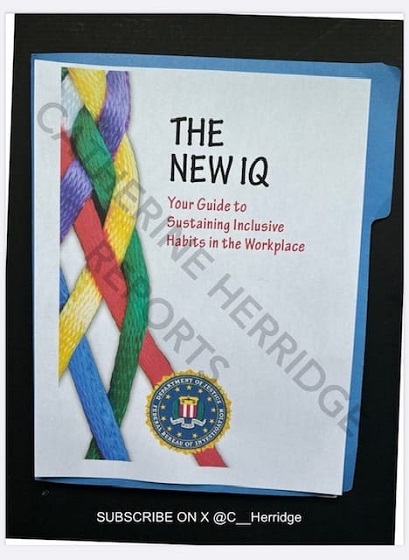Brownstone Institute
Judge Orders Fauci to Cough It Up
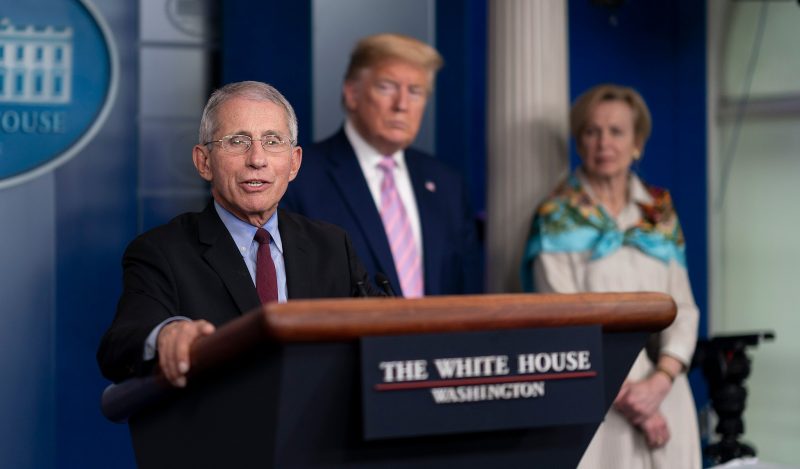
BY
A lawsuit against the federal government – Anthony Fauci in particular – from the Attorneys General of Missouri and Louisiana has been brewing for a good part of the summer of 2022. The issue concerns the censoring of certain high-level experts on social media, three of whom are senior scholars of the Brownstone Institute. We know for sure that this censorship began early in the pandemic response and included exchanges between Fauci and then head of NIH Francis Collins, who called for a “quick and devastating takedown” of the Great Barrington Declaration.
At issue is whether and to what extent the government itself has had a hand in encouraging tech companies to squelch speech rights. If so, this is unconstitutional. It flies in the face of the First Amendment. It never should have happened. That it did required arduous legal means to expose and, hopefully, stop.
The Framers guaranteed that Congress would make no law “abridging the freedom of speech, or of the press.” The Constitution never allowed an exception for an administrative bureaucracy answerable not even to voters to collaborate with large-scale private corporations to obtain the same result by other means. It’s still a violation of free speech.
It is of course true that any private company can regulate itself and make terms of use. But matters are different when its managers directly collude with government agencies to distribute only information of high priority to administrative bureaucrats while censoring dissident voices at the behest of government and its interests.
In order to determine if that happened, courts need access to full information on precisely what was going in their circles of communication. On September 6, U.S. District Judge Terry Doughty released a decision that orders the government to give up information relevant to the case and do so in 21 days.
Dr. Fauci’s communications would be relevant to Plaintiffs’ allegations in reference to alleged suppression of speech relating to the lab-leak theory of COVID-19’s origin, and to alleged suppression of speech about the efficiency of masks and COVID-19 lockdowns. (Karine) Jean-Pierre’s communications as White House Press Secretary could be relevant to all of Plaintiffs’ examples.
Government Defendants are making a blanket assertion of all communications to social media platforms by Dr. Fauci, and Jean-Pierre based upon executive privilege and presidential communications privilege. Plaintiffs concede they are not asking for any internal White House communications, but only external communications between Dr. Fauci and/or Jean-Pierre and third-party social media platforms.
This Court believes Plaintiffs are entitled to external communications by Jean-Pierre and Dr. Fauci in their capacities as White House Press Secretary and Chief Medical Advisor to the President to third-party social media platforms.…
The initial complaint was filed May 5, 2022 and can be read in full here. It includes vast evidence of collusion between government officials and social media companies. But the government answered by claiming some kind of executive privilege and would not fork over information.
An amended complaint added the fireworks: It documented that 50 government officials in a dozen agencies were involved in applying pressure to social media companies to censor users, reports Zachary Stieber of Epoch Times.
That second filing might have flipped the switch and resulted in the judge’s decision to pull no punches. Indeed, it is a remarkable document, reproducing vast amounts of correspondence between government agencies and Facebook, Google, and Twitter.
What you see here is not antagonism but obsequious friendship: ongoing, relentless, guileless, as if nothing could be wrong here. They knew what they believed to be the problem voices and were determined to stamp them out. And that target included the documented censorship of top scientists associated with Brownstone Institute along with thousands of other credible experts and regular citizens who disagreed with the government’s extreme policy response to Covid.
Martin Kulldorff, Aaron Kheriaty, and Jay Bhattacharya are represented in the filing by the New Civil Liberties Alliancewith Jenin Younes leading the legal team for the scientists. Within weeks, we’ll have a better sense of whether and to what extent these individuals were the targets directly and how many other accounts were named in takedown orders. For example, we know for sure that Naomi Wolf, another writer for Brownstone, was directly named in correspondence between the CDC and Facebook.
All of this went on for the better part of two years, during which time the First Amendment was a dead letter insofar as it concerned Covid information on platforms that are overwhelmingly dominant on the Internet. Through those means, individual citizens were restricted in their access to a diversity of views and instead inhabit a world of censorship and tedious hegemonic exhortation that have seriously hurt the credibility of the platforms that cooperated.
Finally we see courts coming around to the view that government needs to be held accountable for its actions. It is happening far too little and far too late but at least it is happening. And at long last, we might gain a clearer look into the mysterious works of Fauci and its imperial reign over American public health during the worst crisis for constitutional rights in many generations.
Brownstone Institute
The New Enthusiasm for Slaughter
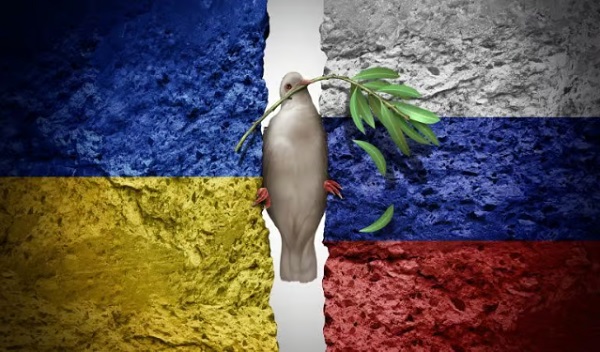
From the Brownstone Institute
By
What War Means
My mother once told me how my father still woke up screaming in the night years after I was born, decades after the Second World War (WWII) ended. I had not known – probably like most children of those who fought. For him, it was visions of his friends going down in burning aircraft – other bombers of his squadron off north Australia – and to be helpless, watching, as they burnt and fell. Few born after that war could really appreciate what their fathers, and mothers, went through.
Early in the movie Saving Private Ryan, there is an extended D-Day scene of the front doors of the landing craft opening on the Normandy beaches, and all those inside being torn apart by bullets. It happens to one landing craft after another. Bankers, teachers, students, and farmers being ripped in pieces and their guts spilling out whilst they, still alive, call for help that cannot come. That is what happens when a machine gun opens up through the open door of a landing craft, or an armored personnel carrier, of a group sent to secure a tree line.
It is what a lot of politicians are calling for now.
People with shares in the arms industry become a little richer every time one of those shells is fired and has to be replaced. They gain financially, and often politically, from bodies being ripped open. This is what we call war. It is increasingly popular as a political strategy, though generally for others and the children of others.
Of course, the effects of war go beyond the dismembering and lonely death of many of those fighting. Massacres of civilians and rape of women can become common, as brutality enables humans to be seen as unwanted objects. If all this sounds abstract, apply it to your loved ones and think what that would mean.
I believe there can be just wars, and this is not a discussion about the evil of war, or who is right or wrong in current wars. Just a recognition that war is something worth avoiding, despite its apparent popularity amongst many leaders and our media.
The EU Reverses Its Focus
When the Brexit vote determined that Britain would leave the European Union (EU), I, like many, despaired. We should learn from history, and the EU’s existence had coincided with the longest period of peace between Western European States in well over 2,000 years.
Leaving the EU seemed to be risking this success. Surely, it is better to work together, to talk and cooperate with old enemies, in a constructive way? The media, and the political left, center, and much of the right seemed at that time, all of nine years ago, to agree. Or so the story went.
We now face a new reality as the EU leadership scrambles to justify continuing a war. Not only continuing, but they had been staunchly refusing to even countenance discussion on ending the killing. It has taken a new regime from across the ocean, a subject of European mockery, to do that.
In Europe, and in parts of American politics, something is going on that is very different from the question of whether current wars are just or unjust. It is an apparent belief that advocacy for continued war is virtuous. Talking to leaders of an opposing country in a war that is killing Europeans by the tens of thousands has been seen as traitorous. Those proposing to view the issues from both sides are somehow “far right.”
The EU, once intended as an instrument to end war, now has a European rearmament strategy. The irony seems lost on both its leaders and its media. Arguments such as “peace through strength” are pathetic when accompanied by censorship, propaganda, and a refusal to talk.
As US Vice-President JD Vance recently asked European leaders, what values are they actually defending?
Europe’s Need for Outside Help
A lack of experience of war does not seem sufficient to explain the current enthusiasm to continue them. Architects of WWII in Europe had certainly experienced the carnage of the First World War. Apart from the financial incentives that human slaughter can bring, there are also political ideologies that enable the mass death of others to be turned into an abstract and even positive idea.
Those dying must be seen to be from a different class, of different intelligence, or otherwise justifiable fodder to feed the cause of the Rules-Based Order or whatever other slogan can distinguish an ‘us’ from a ‘them’…While the current incarnation seems more of a class thing than a geographical or nationalistic one, European history is ripe with variations of both.
Europe appears to be back where it used to be, the aristocracy burning the serfs when not visiting each other’s clubs. Shallow thinking has the day, and the media have adapted themselves accordingly. Democracy means ensuring that only the right people get into power.
Dismembered European corpses and terrorized children are just part of maintaining this ideological purity. War is acceptable once more. Let’s hope such leaders and ideologies can be sidelined by those beyond Europe who are willing to give peace a chance.
There is no virtue in the promotion of mass death. Europe, with its leadership, will benefit from outside help and basic education. It would benefit even further from leadership that values the lives of its people.
Brownstone Institute
Hysteria over Robert F. Kennedy Jr.’s Promise to Make Vaccines Safer
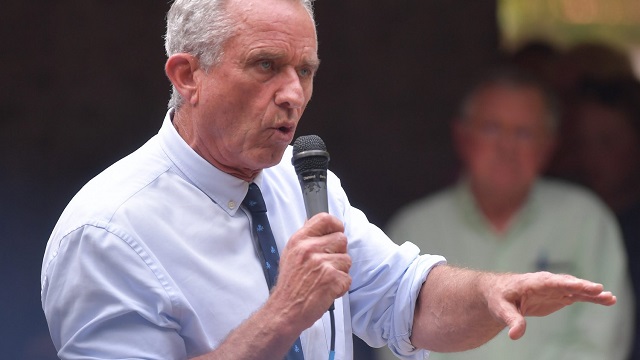
From the Brownstone Institute
By
“People are reacting because they hear things about me that aren’t true, characterizations of things I have said that are simply not true. When they hear what I have to say, actually, about vaccines, everybody supports it.”
Robert F. Kennedy, Jr. has been confirmed as Secretary of the US Department of Health and Human Services.
Within hours, my news feed was populated with angsty articles hand-wringing about the future of vaccines under Kennedy, whom legacy media and the establishment are certain would confiscate life-saving vaccine programs, raising the spectre of mass waves of illness and death.
In particular, this quote from Senator Mitch McConnell (R-KY), the only Republican who voted against Kennedy’s confirmation, appeared over and over again:
“I’m a survivor of childhood polio. In my lifetime, I’ve watched vaccines save millions of lives from devastating diseases across America and around the world. I will not condone the re-litigation of proven cures, and neither will millions of Americans who credit their survival and quality of life to scientific miracles.”
Yet, I could not find one piece of mainstream coverage of this quote that mentioned the astonishing fact that 98% of polio cases in 2023, the most recent year for which we have full data, were caused by the polio vaccine.
You read that correctly. In 2023, 12 wild polio cases were recorded (six in Afghanistan, six in Pakistan), with a further 524 circulating vaccine-derived cases, mostly throughout Africa. This trend is in keeping with data from the previous several years.
An important contextualising detail, wouldn’t you think?

The cause of this polio resurgence is that the world’s poor are given the oral polio vaccine (OPV), which contains a weakened virus that can replicate in the gut and spread in feces, causing vaccine-derived outbreaks.
People in rich countries get the inactivated polio vaccine (IPV), which does not contain live virus and therefore does not carry the risk of spreading the very disease it’s vaccinating against.
The World Health Organization (WHO) and vaccine-promoting organisations say that the way out of the problem is to vaccinate harder, as the argument goes that outbreaks only occur in under-vaccinated communities.
This may be well and good, but the total omission of the fact from media coverage that the goalposts have shifted from eradicating wild polio (not yet complete but nearly there, according to the WHO) to eradicating vaccine-derived polio (the main problem these days) underscores that this is why hardly anyone who knows anything trusts the media anymore.
A member of my extended family has polio. It’s nasty and life-altering and I wouldn’t wish it on anyone.
That’s why I would hope that any vaccines given would be safe – contracting polio from the supposedly preventative vaccine is the worst-case scenario, second only to death.
This is Kennedy’s expressly stated aim.
“When people actually hear what I think about vaccines, which is common sense, which is vaccines should be tested, they should be safe, everyone should have informed consent,” he said at his confirmation press conference.
“People are reacting because they hear things about me that aren’t true, characterisations of things I have said that are simply not true.
“When they hear what I have to say, actually, about vaccines, everybody supports it.”
Grown-ups who support vaccines can walk and chew gum. From the point of view of the public health establishment, the polio vaccine has prevented millions of cases and has nearly eradicated the disease.
At the same time, the world’s poorest are afflicted with polio outbreaks which we can work to prevent, and the safety of all polio vaccine products on the market should be subject to the rigorous standards applied to all other medicines.
Unless you think that poor people don’t matter, in which case the status quo might suit you fine.
Republished from the author’s Substack
-
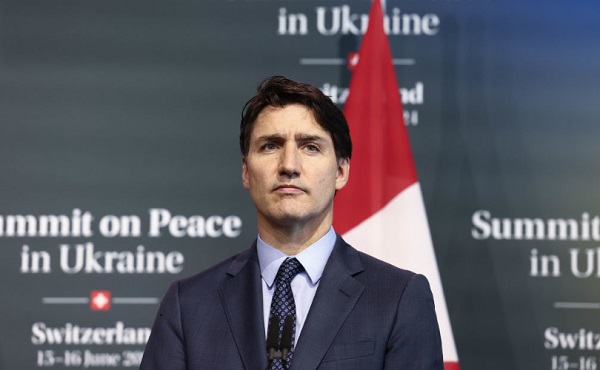
 Justice2 days ago
Justice2 days agoDemocracy watchdog calls for impartial prosecution of Justin Trudeau
-
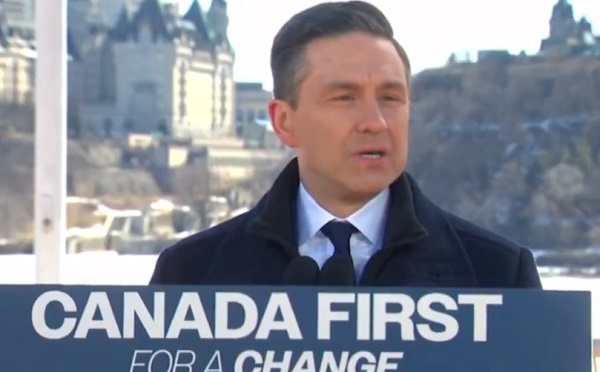
 2025 Federal Election1 day ago
2025 Federal Election1 day agoPoilievre refuses to bash Trump via trick question, says it’s possible to work with him and be ‘firm’
-

 Business2 days ago
Business2 days agoPublicity Kills DEI: A Free Speech Solution to Woke Companies
-
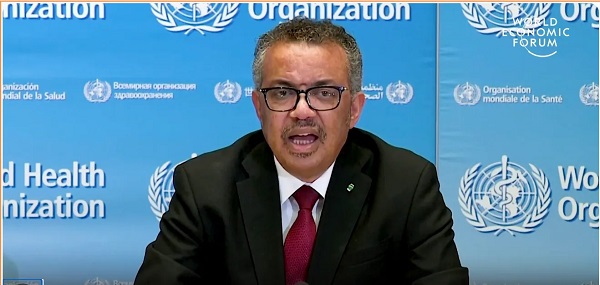
 Dr. Robert Malone2 days ago
Dr. Robert Malone2 days agoWHO and G20 Exaggerate the Risk and Economic Impact of Outbreaks
-
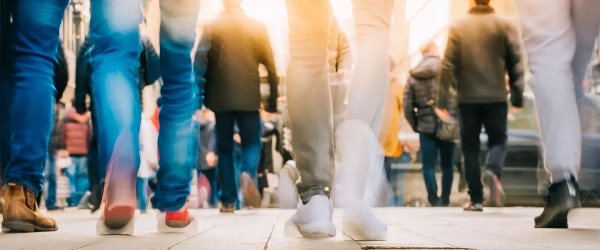
 2025 Federal Election1 day ago
2025 Federal Election1 day agoVoters should remember Canada has other problems beyond Trump’s tariffs
-
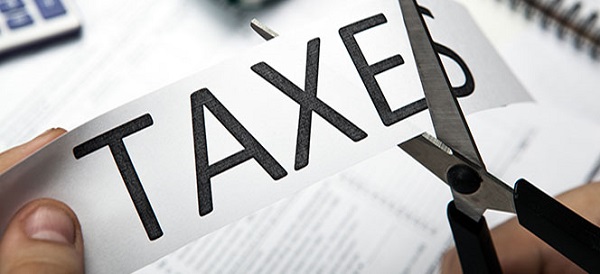
 2025 Federal Election1 day ago
2025 Federal Election1 day agoPoilievre to let working seniors keep more of their money
-
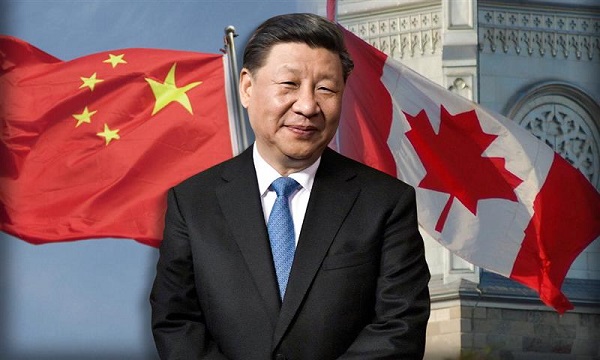
 2025 Federal Election2 days ago
2025 Federal Election2 days agoCanadian officials warn Communist China ‘highly likely’ to interfere in 2025 election
-

 COVID-191 day ago
COVID-191 day ago17-year-old died after taking COVID shot, but Ontario judge denies his family’s liability claim






